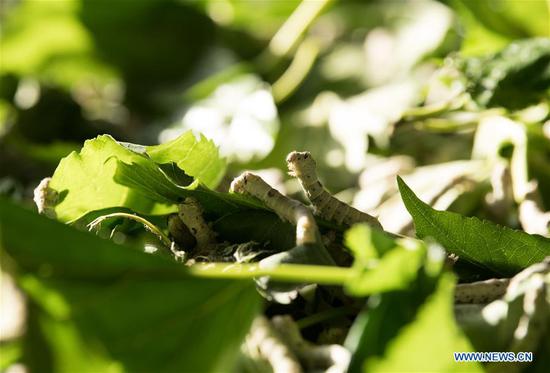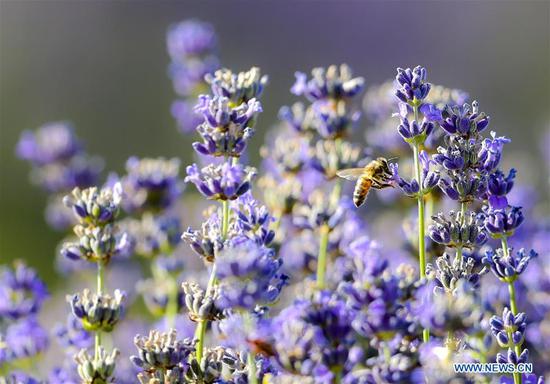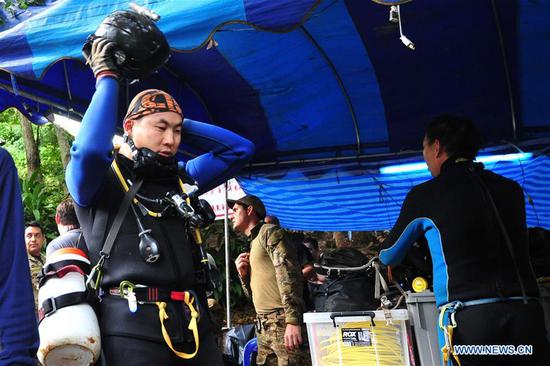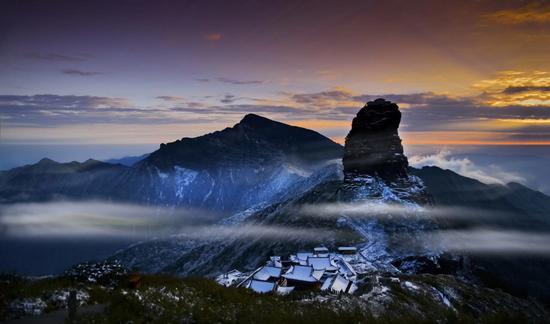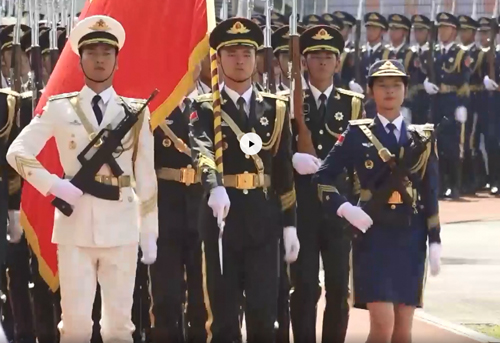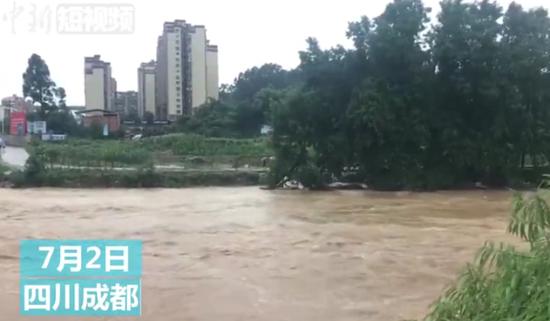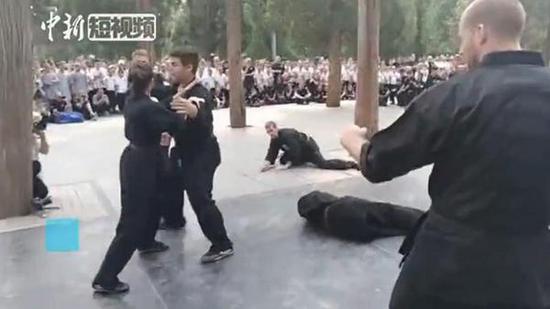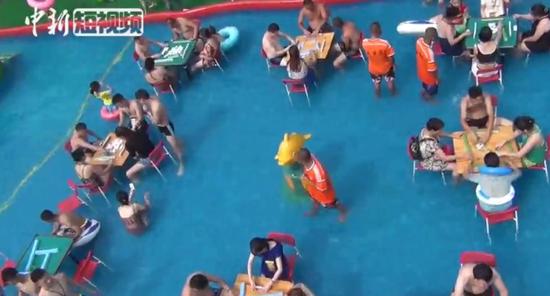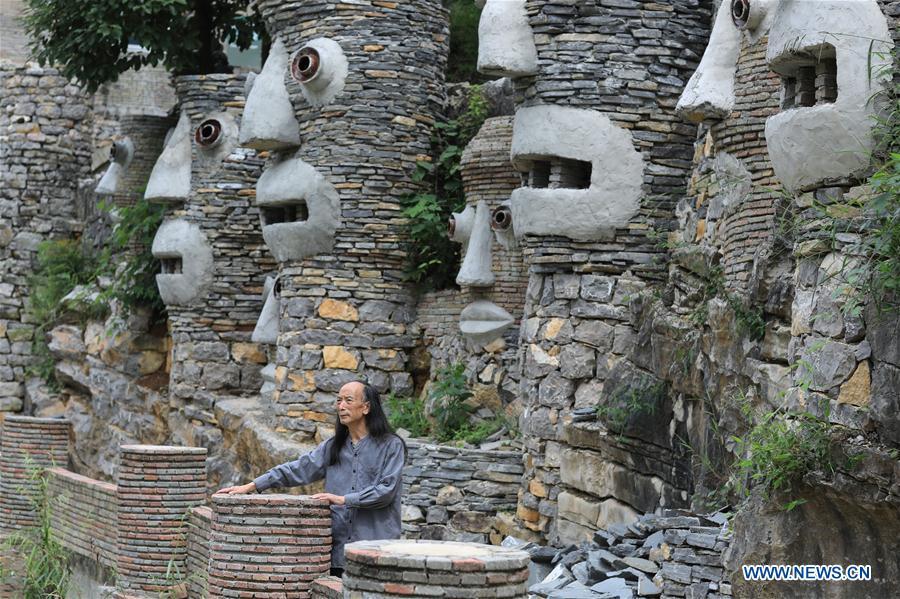
Song Peilun is seen at his stone castle "Yelang" in Leping Village of Huaxi District in Guiyang, southwest China's Guizhou Province, July 1, 2018. Song gave up an opportunity to stay in the United States as a cartoonist. Instead, he returned to a plot of wasteland in his home province of Guizhou. There, he decided to create a different kind of art. The castle grounds are home to more than 300 statues lining both sides of a creek. They resemble the huge human figures on Easter Island. Song drew inspiration from local Nuo opera, a tradition in which people wear masks and dance to drive away evil spirits. (Xinhua/Ou Dongqu)
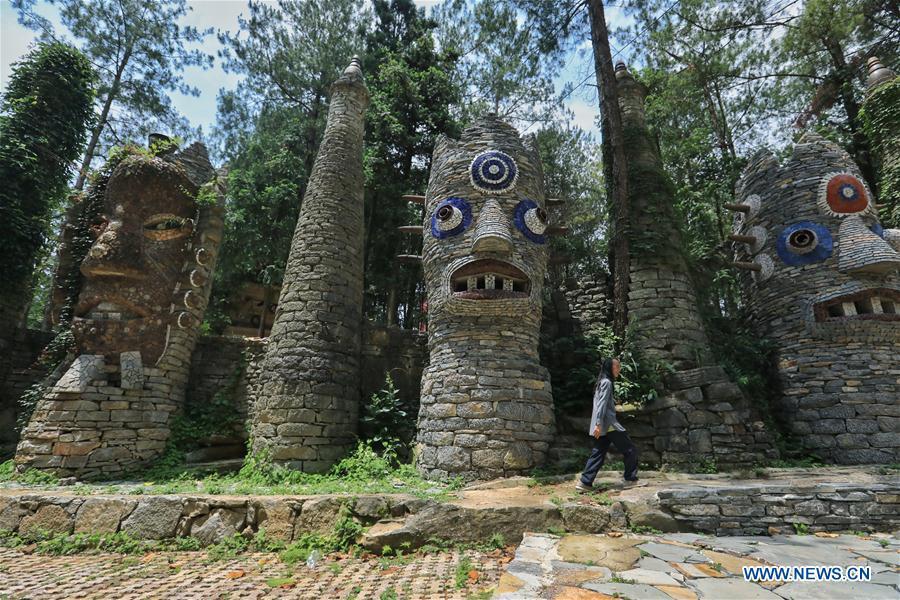
Song Peilun is seen at his stone castle "Yelang" in Leping Village of Huaxi District in Guiyang, southwest China's Guizhou Province, July 1, 2018. Song gave up an opportunity to stay in the United States as a cartoonist. Instead, he returned to a plot of wasteland in his home province of Guizhou. There, he decided to create a different kind of art. The castle grounds are home to more than 300 statues lining both sides of a creek. They resemble the huge human figures on Easter Island. Song drew inspiration from local Nuo opera, a tradition in which people wear masks and dance to drive away evil spirits. (Xinhua/Ou Dongqu)
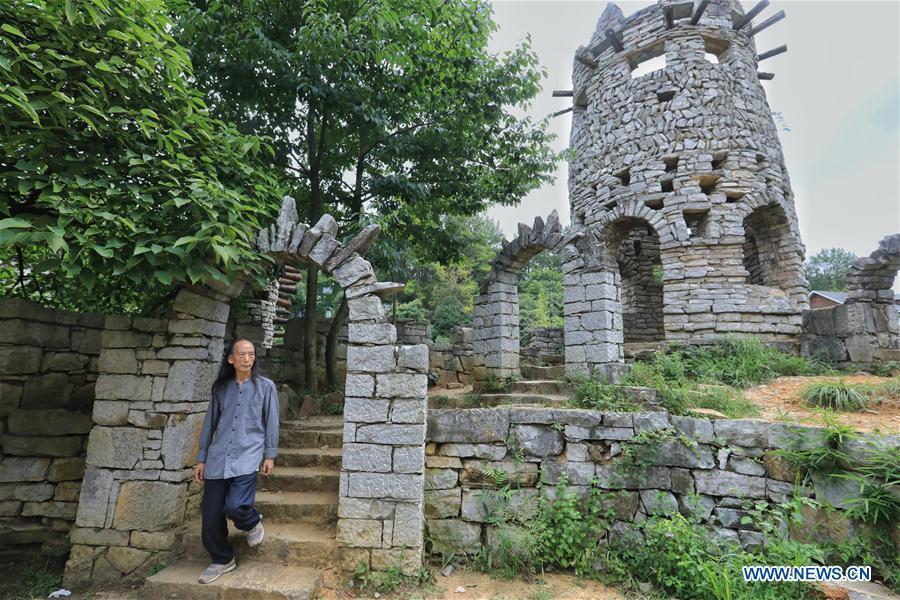
Song Peilun is seen at his stone castle "Yelang" in Leping Village of Huaxi District in Guiyang, southwest China's Guizhou Province, July 1, 2018. Song gave up an opportunity to stay in the United States as a cartoonist. Instead, he returned to a plot of wasteland in his home province of Guizhou. There, he decided to create a different kind of art. The castle grounds are home to more than 300 statues lining both sides of a creek. They resemble the huge human figures on Easter Island. Song drew inspiration from local Nuo opera, a tradition in which people wear masks and dance to drive away evil spirits. (Xinhua/Ou Dongqu)
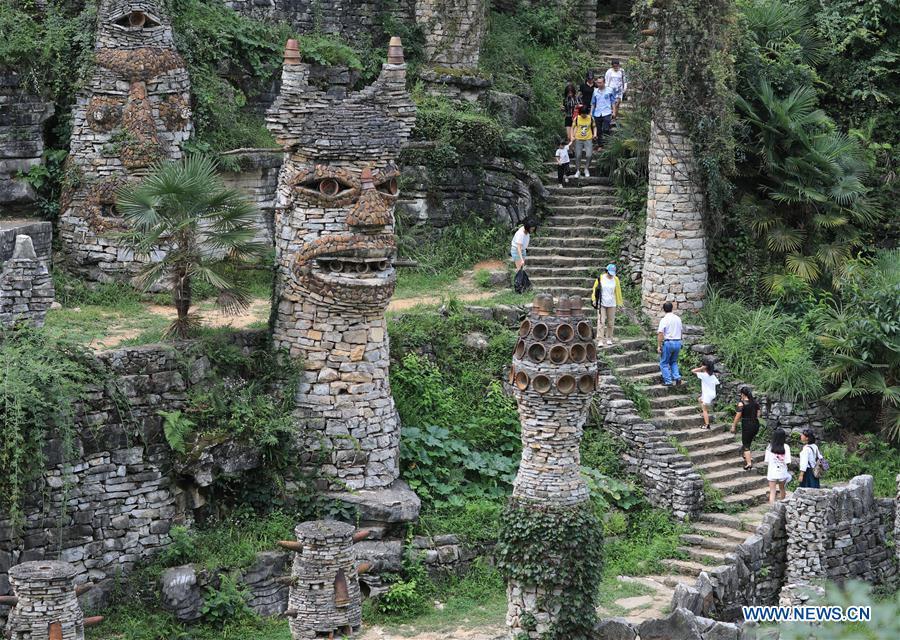
Tourists visit Song Peilun's stone castle "Yelang" in Leping Village of Huaxi District in Guiyang, southwest China's Guizhou Province, July 1, 2018. Song gave up an opportunity to stay in the United States as a cartoonist. Instead, he returned to a plot of wasteland in his home province of Guizhou. There, he decided to create a different kind of art. The castle grounds are home to more than 300 statues lining both sides of a creek. They resemble the huge human figures on Easter Island. Song drew inspiration from local Nuo opera, a tradition in which people wear masks and dance to drive away evil spirits. (Xinhua/Ou Dongqu)
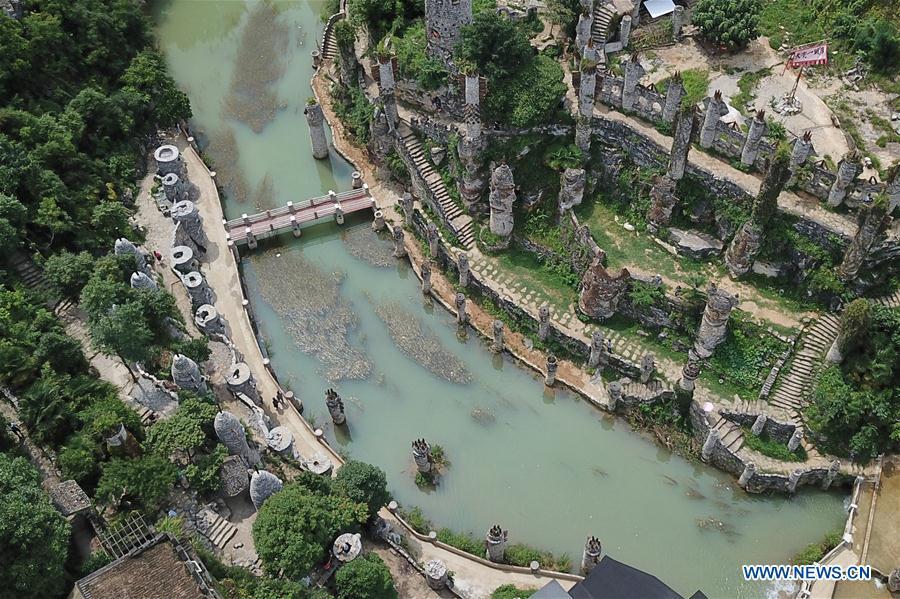
Aerial photo taken on July 1, 2018 shows a general view of Song Peilun's stone castle "Yelang" in Leping Village of Huaxi District in Guiyang, southwest China's Guizhou Province. Song gave up an opportunity to stay in the United States as a cartoonist. Instead, he returned to a plot of wasteland in his home province of Guizhou. There, he decided to create a different kind of art. The castle grounds are home to more than 300 statues lining both sides of a creek. They resemble the huge human figures on Easter Island. Song drew inspiration from local Nuo opera, a tradition in which people wear masks and dance to drive away evil spirits. (Xinhua/Ou Dongqu)
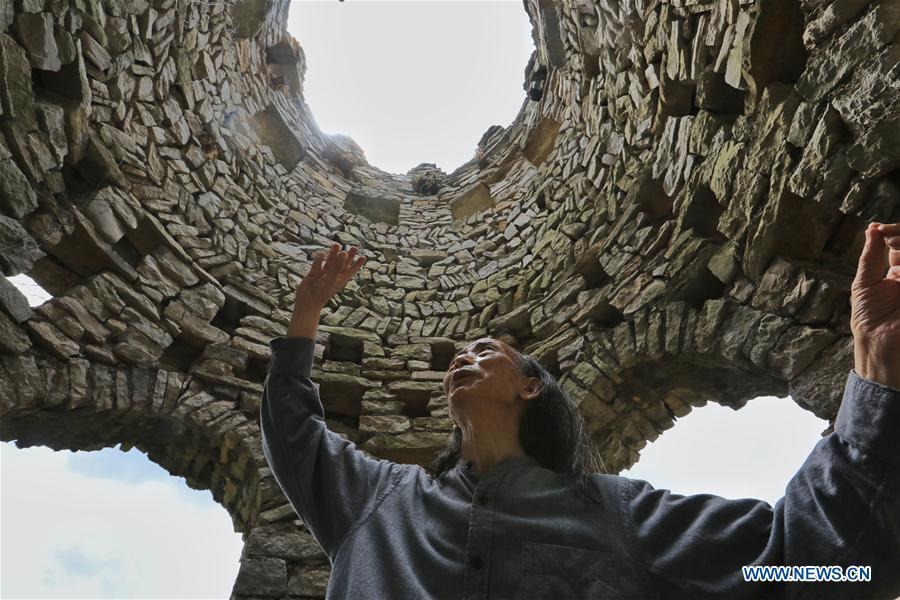
Song Peilun introduces the inspiration of his stone castle "Yelang" in Leping Village of Huaxi District in Guiyang, southwest China's Guizhou Province, July 1, 2018. Song gave up an opportunity to stay in the United States as a cartoonist. Instead, he returned to a plot of wasteland in his home province of Guizhou. There, he decided to create a different kind of art. The castle grounds are home to more than 300 statues lining both sides of a creek. They resemble the huge human figures on Easter Island. Song drew inspiration from local Nuo opera, a tradition in which people wear masks and dance to drive away evil spirits. (Xinhua/Ou Dongqu)










